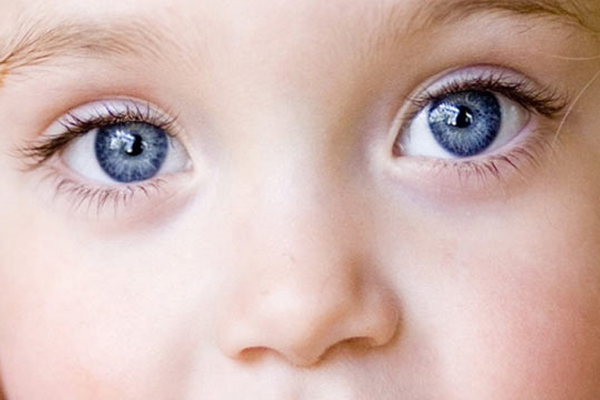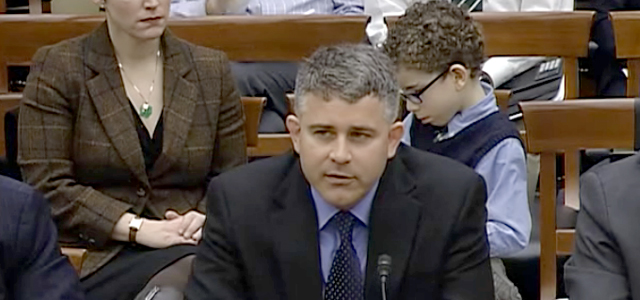Baylor chemistry professor testifies before Congress on smartphone application that can detect eye cancer in children.

Baylor chemistry professor Dr. Bryan F. Shaw presented testimony to the Subcommittee on Research and Technology of the 114th Congress

Presents testimony to the Subcommittee on Research and Technology of the 114th Congress. WACO, TX - On March 2, 2016, Baylor chemistry professor Dr. Bryan F. Shaw presented testimony to the Subcommittee on Research and Technology of the 114th Congress, chaired by Rep. Barbara Comstock, R-Va.. Shaw appeared as part of a five-member panel of experts invited to testify at a hearing on the topic, Smart Health: Empowering the Future of Mobile Apps. In his testimony, Shaw related how a belated diagnosis of retinoblastoma in his then three-month-old son Noah led to the loss of the child's right eye and could have cost his life. Shaw said that after the diagnosis, he and his wife found several flash photos taken when Noah was only 12 days old that clearly showed the leukocoria or "white eye" reflection known to be associated with the eye tumors. Yet the condition was not detected in any of Noah's routine pediatric examinations. That experience led Shaw to team up with Baylor engineering professor Greg Hamerly and Baylor software engineering alumnus Ryan Hennig to develop a smartphone application that uses a phone's digital camera to home-in on a child's eyes in a way that would reveal any leukocoria present. Their app is called CRADLE, for ComputeR Assisted Detector of LEukocoria. Shaw said his team's ultimate goal is to get CRADLE into the hands of pediatricians who can use it to detect retinoblastomas at the earliest possible stage. Meanwhile, they have made the app available for free to anyone with a smartphone — CRADLE is already saving eyes and, likely, lives. "In two of my favorite cases," Shaw testified, "parents used the free CRADLE app to catch retinoblastoma so quickly, so early in their children, that the children did not require chemotherapy, they did not require radiation, they did not require removal of their eye or eyes; they only required laser treatment, and they both have good vision." CRADLE can be found in the Apple App Store and in Google Play using the search phrase "White Eye Detector." View the video of the Congressional hearing.
Shaw's statements occur at approximately 27:39, 52:00 and 121:00 minutes.